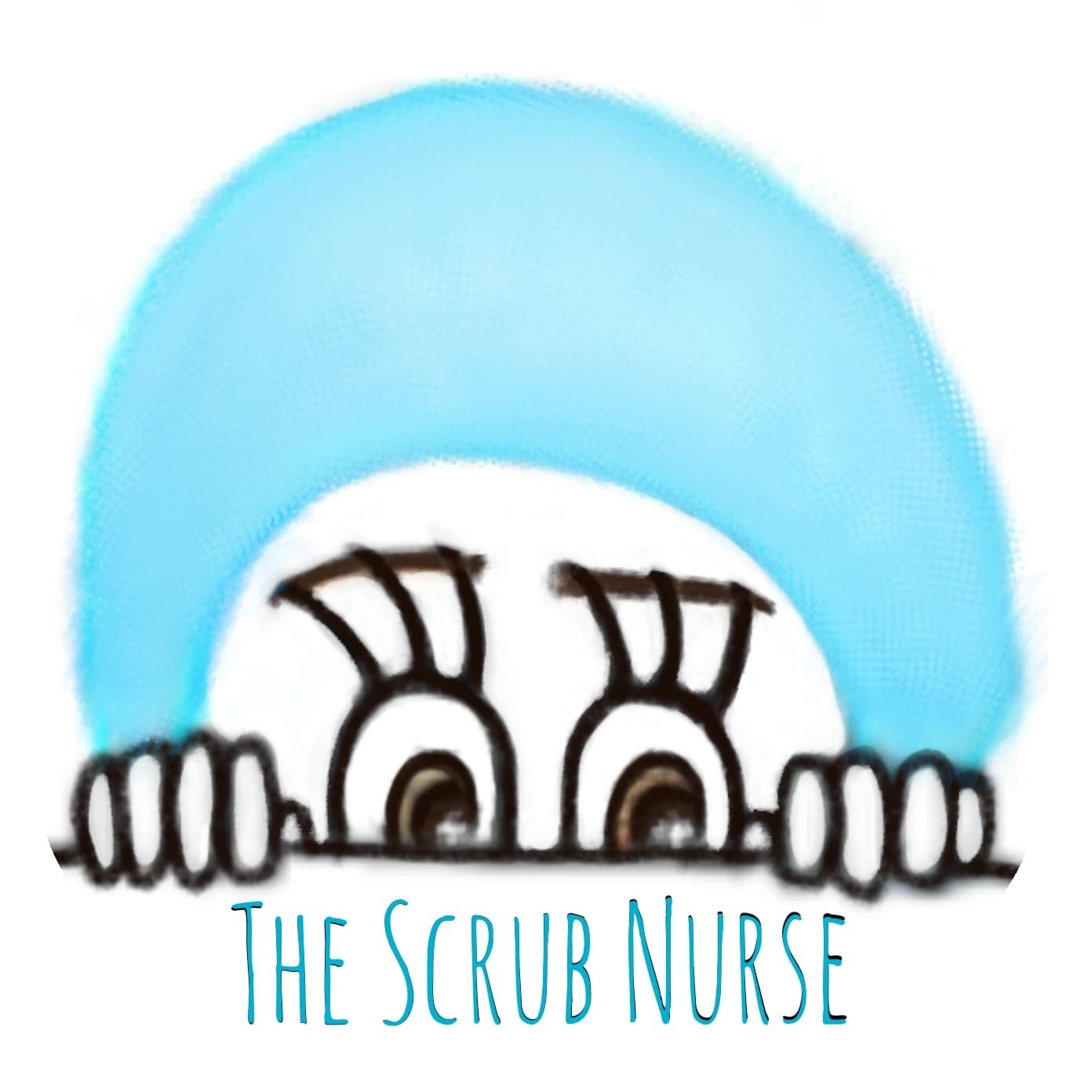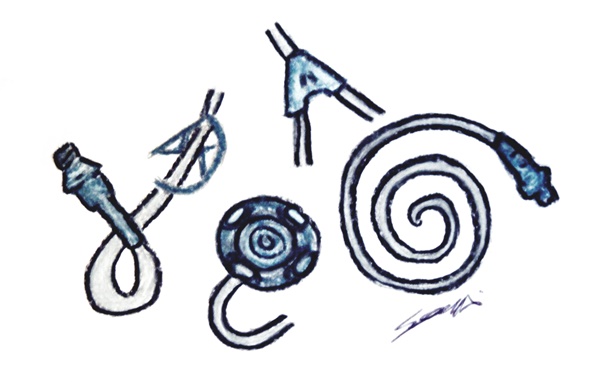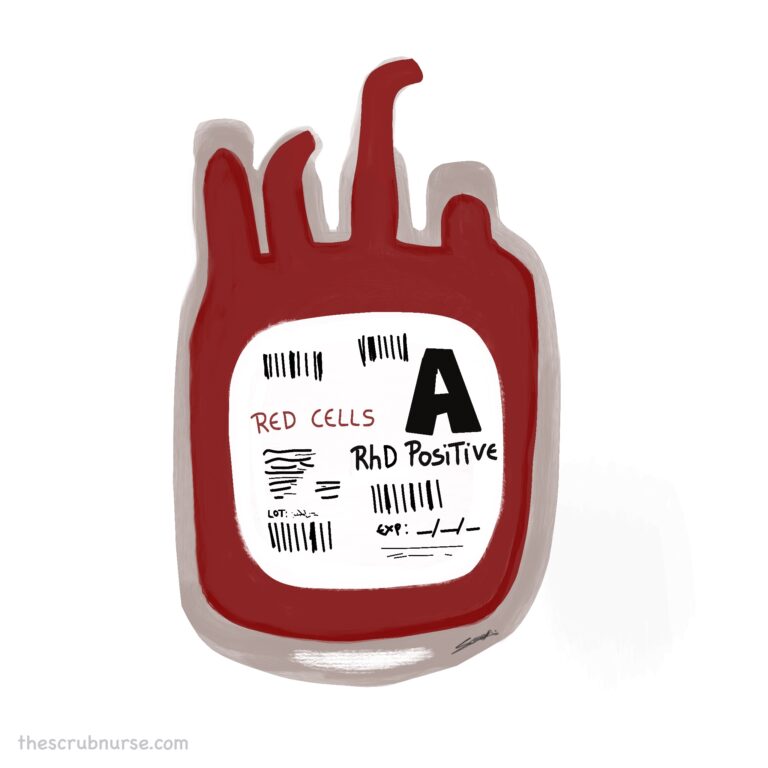The Glasgow Coma Scale (GCS) is a scale that allows health professionals to assess conscious level impairment in response to defined stimuli. The GCS is used to rate the severity of coma, by assessing the patient’s ability in 3 components:
- Eye opening – observe eye opening;
- Verbal response – observe content of speech;
- Motor response – observe movements of right and left sides.
The Glasgow Coma Scale Score (GCS Score) was later developed to combine the findings of the three components of the Scale into a single index whose values range from 3 to 15 (see explanation below).
Best possible scenario
(Eyes openening = 4; Verbal response = 5; Motor response = 6; then GCS score = 4+5+6=15)
Worst possible scenario
(Eye opening = 1; Verbal response = 1; Motor response = 1; then GCS score = 1+1+1= 3)

GCS Score is an “abbreviated” way of communicating the severity of a patient’s condition, but has limitations. It is less informative than the full description of the three components of the scale. Also, if one of the components can not be tested (for example, if the patient is intubated), then a valid score can not be calculated.
How to document the GCS score?
The GCS total score, as well as the evaluation of individual elements, are important to be numerically documented, so health professionals can follow the example below:
e.g. GCS 12 = E2V4M6 at 4:32pm – which means that at 4:32pm, the patient presented a GCS of 12, whose individual elements were: Eyes opening = 3; Verbal response = 4, and Motor response = 6).
Classification of brain injury according to GCS score
Despite the nature of the brain injury, they are generally classified as:
- Severe: if GCS is 8 or less
- Moderate: if GCS is 9 to 12
- Mild: if GCS is 13 to 15

For a better understanding of how to use this scale, check the GCS Assessment Aid from GlasgowComaScale.Org here
When should we apply this neurological evaluation tool?
GCS can be used in patients with impaired consciousness from any cause. Most of the time they are head injuries, but other situations can also applied, such as:
- Spontaneous subrachnoid haemorrhage
- Spontaneous intracerebral haemorrhage
- Ischaemic Stroke
- Intracranial Infection and brain abscess
- General trauma
- Non traumatic coma
- Poisoning
Can we always evaluate all components of GCS?
The answer is no. And in these situation an NT, meaning Non-testable indicates that the parameter can not be evaluated.
There are several factors that can interfere with the patient’s level of consciousness, leading to an inaccurate GCS score; and some of them unable the evaluation of the component. There are:
- Pre-existing factors (language or cultural barriers; intellectual or neurological deficit; hearing loss or speech impediment);
- Effects of current treatment (physical factors such as intubation or tracheostomy; and pharmacological factor such as sedation or paralysis);
- Effects of other injuries or lesions (such as orbital/cranial fracture; dysphasia or hemiplegia; and spinal cord injury).
If a component is Not Testable, DO NOT report a total score for GCS, because the score will be low, inacurate and reflecting a wrong idea that the patient is more unwell than they actually are.
Did you know about this update?
Since 2018, there is another component to be assess along with the 3 other components of the GCS – the pupil reactivity. The score of this index, known as GCS Pupil score (GCS-P), is achieved by subtracting the GCS score with the Pupil Reactivity score.
This new method of assessment is especially important to reflect brainstem function and patient prognosis, making neurological evaluation more complete and accurate.
The Pupil Reactivity Score reflects the information about loss of pupil reactivity to light. So please note that if:
- Pupil Reactivity Score = 2 (Both pupils are unreactive to light)
- Pupil Reactivity Score = 1 (One pupil is unreactive to light)
- Pupil Reactivity Score = 0 (Neither pupils are unreactive to light; i.e. both react normally to light)

Therefore, the GCS-P score ranges from 1 to 15, in which:
Best possible scenario (GCS = 15; P =0; then GCS-P= 15)
Worst possible scenario (GCS =3; P=2; then GCS-P = 1)
References:
Glasgow Coma Scale. Org – what is GCS
Headway.Org – Glasgow Coma Scale
Experiencias de um Técnico de Enfermagem – A escala de coma de glasgow


